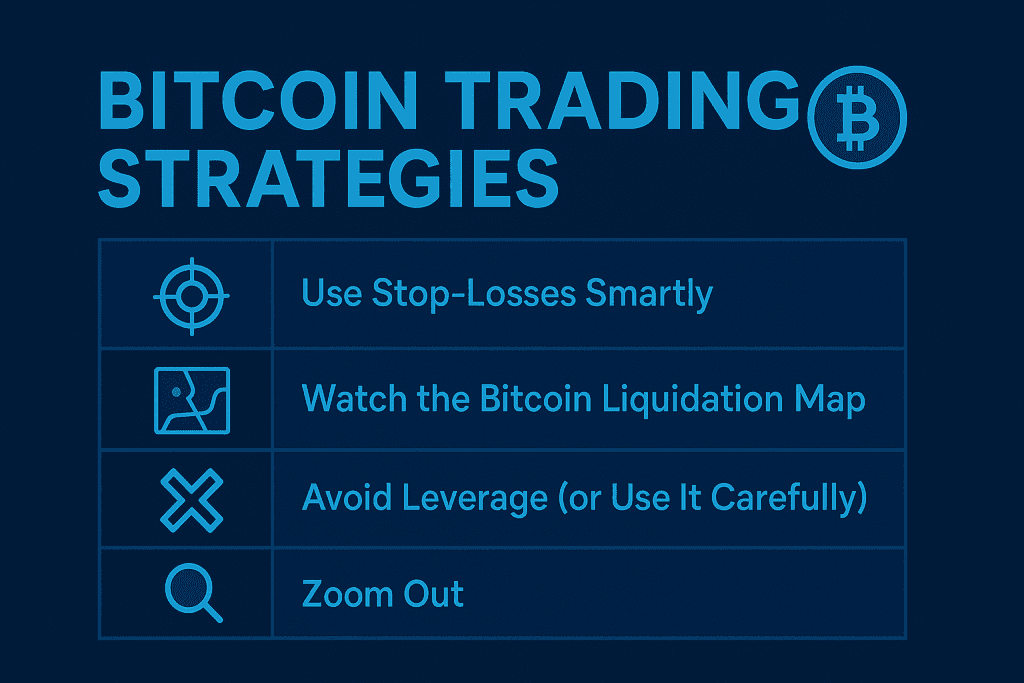In the world of cryptocurrency, one word keeps everyone on edge—volatility. And in March 2025, bitcoin volatility reminded us why it’s both feared and revered. Like a thunderstorm brewing over a calm sea, the price action turned stormy, rattling portfolios and electrifying trading floors around the globe. For fans of blockchain and digital finance, it was a headline-grabbing spectacle. For investors, it was either a golden opportunity—or a nightmare.
And here’s the twist: it wasn’t just about wild price swings. It was about how the industry responded. From the launch of new ETFs to social media mayhem, the month reshaped how we think about bitcoin’s rollercoaster behavior.

Why Bitcoin Volatility Exploded in March
March 2025 wasn’t your average month in crypto—it was a whirlwind, a perfect storm of external pressure and internal combustion. According to Forbes, the bitcoin volatility index (BVOL) surged to its highest level in a year.
We’re not talking minor fluctuations. We’re talking about 5–10% price swings in a matter of hours, with millions in positions getting liquidated. Charts looked less like smooth lines and more like rollercoaster tracks at a theme park.
But this wasn’t some random black swan. The chaos had roots:
- Macroeconomic tension: Rising interest rates, uncertain Fed messaging, and fears of a global recession had markets on edge.
- Geopolitical instability: Eastern Europe and Southeast Asia faced flare-ups, triggering risk-off behavior in traditional markets—and risk-on bets in crypto.
- Speculative frenzy: High leverage and overly optimistic retail sentiment created a powder keg.
Then came the spark: Grayscale dropped a bombshell, launching two new ETFs specifically designed to profit from bitcoin volatility. Not from price direction. Just from motion.
Suddenly, volatility wasn’t just a storm to weather—it was an asset to be traded.
When the Crypto Storm Hit?

So when exactly did things start going haywire?
It all escalated around mid-March. Volume exploded across major exchanges like Binance, Coinbase, and Kraken. Even traditionally quiet trading hours—like late U.S. nights and early Asia mornings—saw frenzied activity.
This wasn’t random. Analysts noted a pattern:
Low liquidity windows + macroeconomic fear + new speculative products = explosive volatility.
Bitcoin’s price started to swing like a metronome on steroids. Within 72 hours, bitcoin dropped from $68,000 to $61,000—then rocketed back to $66,500. Traders were either winning big or losing it all.
The Players Moving the Market
At the center of the storm? Grayscale, once again pushing the envelope in institutional crypto innovation.
Their two new ETFs weren’t aimed at HODLers. They were aimed at institutional traders, hedge funds, and volatility hunters. These funds didn’t care if bitcoin went up or down—they profited when it moved, period.
This sent a strong message to the market: volatility isn’t a bug—it’s a feature.
On the social side, crypto Twitter erupted. @BitcoinSapiens posted this now-famous bitcoin liquidation map that visualized cascading margin calls:
Whale wallets and high-frequency bots joined the dance, making the swings even sharper. And let’s not forget the countless retail traders, many of whom were caught off guard—or worse, liquidated.
What This Means for Crypto Investors?
Because bitcoin volatility is more than just a number—it’s a signal. A signal that we may be entering a more aggressive phase of the bitcoin cycle. A phase where prices surge and sink in days, not months.
This shift also shows that institutional players are doubling down. Grayscale’s ETFs weren’t just a product—they were a message: Volatility is valuable.
And let’s talk about strategy. Gone are the days when you could just “buy and forget.” In this climate, managing risk, understanding liquidation zones, and leveraging tools like the bitcoin liquidation map could be the difference between profit and panic.
Educational Insight: What Is the Bitcoin Volatility Index?
The bitcoin volatility index (BVOL) is a tool that quantifies the magnitude of bitcoin’s price movements over time. Similar to the VIX in traditional markets, it reflects expected future volatility rather than historical data.
- Low BVOL = Market is calm. Prices are stable. Risk is lower.
- High BVOL = Market is chaotic. Price swings are violent. Risk—and opportunity—is off the charts.
In March, the BVOL didn’t just tick up—it spiked. It was the highest reading in a year, signaling intense uncertainty and heightened trader emotion.
For seasoned investors, that’s a cue to prepare—not panic.
Investor Tip: How to Navigate High Volatility

Sudden market swings can feel like a gut-punch—especially if you’re unprepared. But volatility isn’t always the villain. With the right mindset and strategy, it can become your biggest advantage. Here are some proven techniques seasoned crypto investors use to ride out the storm and even profit from it:
| Strategy | Why It Matters |
|---|---|
| Use Stop-Losses Smartly | Avoid setting them too tight. In volatile conditions, prices can briefly dip and trigger premature exits. |
| Watch the bitcoin liquidation map | This tool helps you identify zones of mass liquidation, which often signal potential price reversals. |
| Avoid Leverage (or Use It Carefully) | High volatility combined with leverage can amplify losses and lead to quick liquidations. |
| Zoom Out | Look at the bigger picture. Short-term chaos often precedes long-term growth in the bitcoin cycle. |
Industry Voices: Reactions from Crypto Leaders
Crypto leaders weren’t silent during the storm. In fact, they added fuel to the fire—by validating the moment.
Michael Sonnenshein, Grayscale CEO, shared in an official statement:
“Bitcoin’s volatility is no longer just tolerated. It’s being monetized. Our ETFs let investors seek returns from movement itself.”
Crypto influencer CryptoLark tweeted:
“Volatility is the yield of tomorrow. Learn it. Embrace it. Trade it.”
And Benjamin Cowen, never one to mince words, added:
These aren’t just hot takes. They’re reflections of a maturing market that’s learning to harness what used to be seen as chaos.
Conclusion
If history is any guide, bitcoin volatility tends to spike ahead of major directional moves. Whether that means a new bull run or further shakeouts remains to be seen. But one thing is certain: markets have changed.
More ETFs are likely. More tools, analytics, and products will emerge to help traders surf the waves rather than be pulled under. The rise of volatility-based investing is just the beginning.
So buckle up. The crypto ride is just getting started.
Resources
- Forbes. Bitcoin Volatility Measure Approached Highest In A Year In March
- Cryptonomist. Bitcoin in March: The Volatility Reached the Highest Levels in a Year
- CryptoSlate. Grayscale Unveils 2 New ETFs Turning Bitcoin Volatility Into Income
- YouTube. Benjamin Cowen on March Bitcoin Moves
- Twitter. @BitcoinSapiens’s Chart Post
